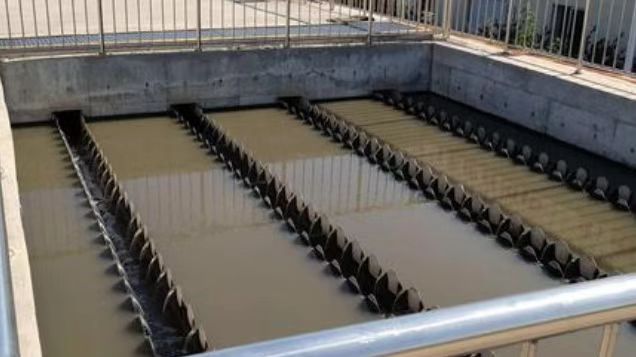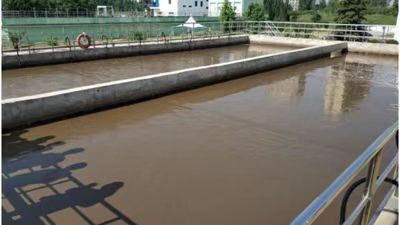Difference Between Hydrolysis Acidification Tank And Anaerobic Tank In AAO Process Part I Hydrolysis Acidification Tank
Hydrolysis acidification tank and anaerobic tank in AAO process are different processes. Although they are both anaerobic environments, their main uses are different.
Hydrolytic acidification is to break the chain and ring, improve the influent BC ratio and improve the biodegradability;

The anaerobic tank A in AAO, although it also carries out some hydrolysis and acidification metabolism, is mainly used to provide an environment and place for anaerobic phosphorus release by phosphorus accumulating bacteria!
Hydrolytic acidification is a reaction process in four stages of anaerobic biological reaction (hydrolysis, acidification, acetic acid production, methanation). The reaction is controlled in two stages: hydrolysis and acidification. Suspended organics and macromolecular substances (carbohydrates, fats, lipids, etc.) can be hydrolyzed into small molecules through microbial extracellular enzymes, and small molecular organics can be converted into volatile fatty acids under the action of acidification bacteria. In this process, suspended solids can be hydrolyzed into dissolved organics, and macromolecular substances that are difficult to biodegrade can be converted into small molecular substances that are easy to biodegrade.
First of all, a large number of microorganisms in the hydrolysis reactor quickly intercept and adsorb granular and colloidal materials in the influent, which is a rapid reaction of a physical process. It usually takes only a few seconds to dozens of seconds to complete. Therefore, the reaction is rapid. The intercepted substances are adsorbed on the surface of hydrolytic acidified sludge and slowly catabolized. The sludge retention time in the system is greater than the hydraulic retention time. Under the action of a large number of hydrolysis acidification bacteria, macromolecules and substances difficult to biodegrade are re released into the liquid after being converted into small molecules that are easy to biodegrade. It flows out of the system with water under high hydraulic load.
Because the generation period of hydrolysis and acid producing bacteria is short, which is usually measured in minutes and hours, this degradation process is also rapid. In this process, although the removal rate of dissolved BOD and COD is only about 10% on the surface, the hydrolysis of granular organic matters increases the concentration of dissolved organic matters in the system, so the removal rate of dissolved BOD and COD is far greater than 10%. However, because the control of acidification process cannot be strictly divided, there may still be a small amount of methane bacteria in the sludge, which may produce a small amount of methane. However, the solubility of methane in water is also considerable, so the amount of methane released by gas formation is very small. It can be seen that the hydrolysis reactor integrates physical and chemical processes such as precipitation, adsorption, net capture and bioflocculation with biodegradation functions such as hydrolysis, acidification and methanation.
Main factors affecting hydrolysis (acidification) process:
1. Type and morphology of matrix
2. PH value of hydrolysate
3. Hydraulic retention time
4. Temperature
5. Particle size



